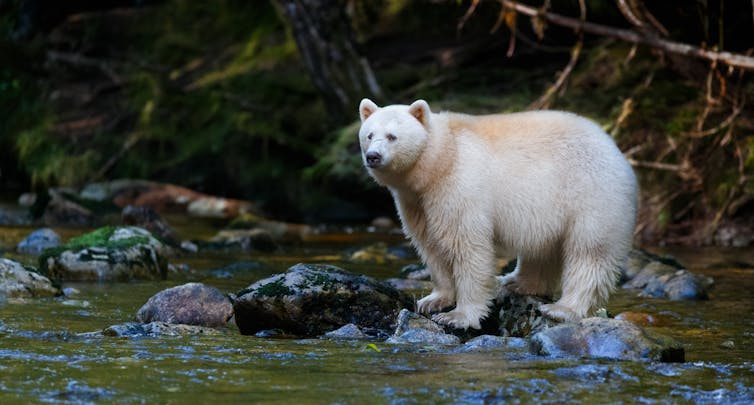Imagine it’s a crisp and sunny fall morning. You just left your local coffee shop, ready to start your day.
Out of the corner of your eye, you catch a glimpse of something moving in the bushes. Is it a squirrel stashing acorns for the winter? A robin fattening up for migration? As you get closer, the image becomes clear and you unconsciously hold your breath.
It’s a black cat out for its morning stroll.
You pause for a second to decide your next move. Cross the street so the cat can’t cross your path? Muster the courage to walk past it, or even crouch down to pet it? Rationally, you know the idea that a black cat is bad luck is just a silly superstition … but you have an important meeting this afternoon and don’t want to jinx it.
This superstition about black cats and other black animals in general has shaped people’s preferences about animals. It’s left its mark on things such as lower adoption rates for black cats and beliefs that black cats are more aggressive. Yet, these biases are unfounded.
As two biologists who focus on human-wildlife interactions, what we find scary is how superstitions, lore and myths can shape your subconscious – particularly biases toward the animals people are trying to conserve and protect.

A rare spirit bear is not albino, with a complete lack of melanin, but rather leucistic, with a reduction in pigments.
KenCanning/E+ via Getty Images
Rarity of a solely black or white animal
Of course, animal fur, feathers and scales come in various colors across the visible and invisible-to-humans spectrum. These colorations play a significant role in the survival of wildlife by functioning as a form of concealment, temperature regulation or communication. In white-tailed deer, for instance, a flash of a white tail can indicate danger is near, while the sharp red breast of a male cardinal attracts females that are ready to mate.
Within species, color variations are found throughout the animal kingdom, including melanistic animals with more dark pigmentation and leucistic animals with a reduction of pigment. There are black panthers, a melanistic version of a leopard, Panthera pardus, or jaguar, Panthera onca. On the other side of the spectrum are white spirit bears, a leucistic version of an American black bear, Ursus americanus. There are also albino animals that lack most or all pigment.
Scientists recognize these color variations as extreme abnormalities within the natural world. Being all black or all white is a rare phenomenon, unlikely to persist in the wild because it’s a selective disadvantage. These animals often have a tougher time blending into their habitat – a challenge for predators trying to ambush their prey, and for prey trying to conceal themselves from predators. They may also struggle to regulate their temperature and to communicate with others in their species.
A suite of genes that can change in many ways is behind this rainbow of…



